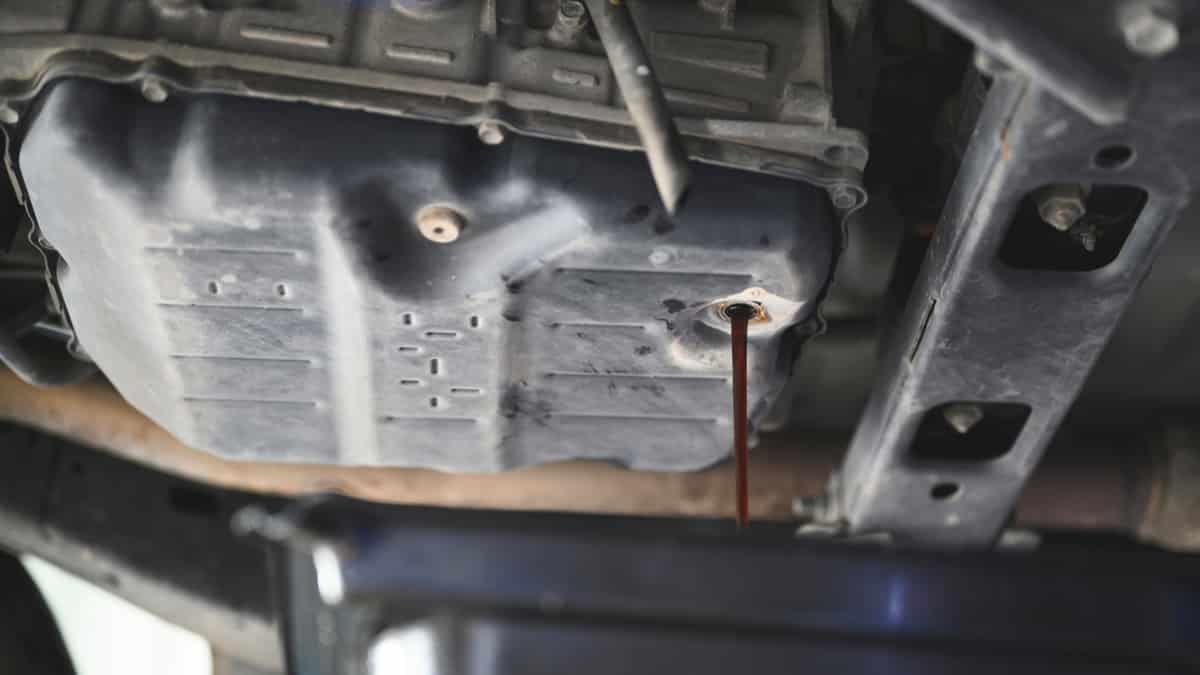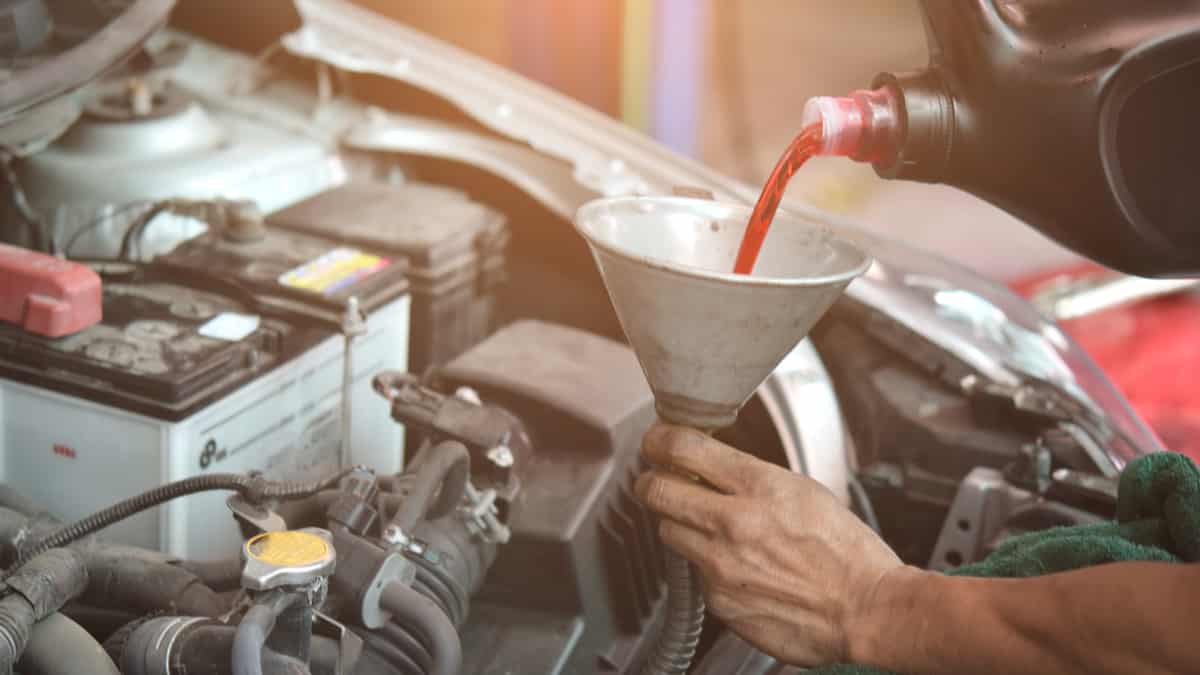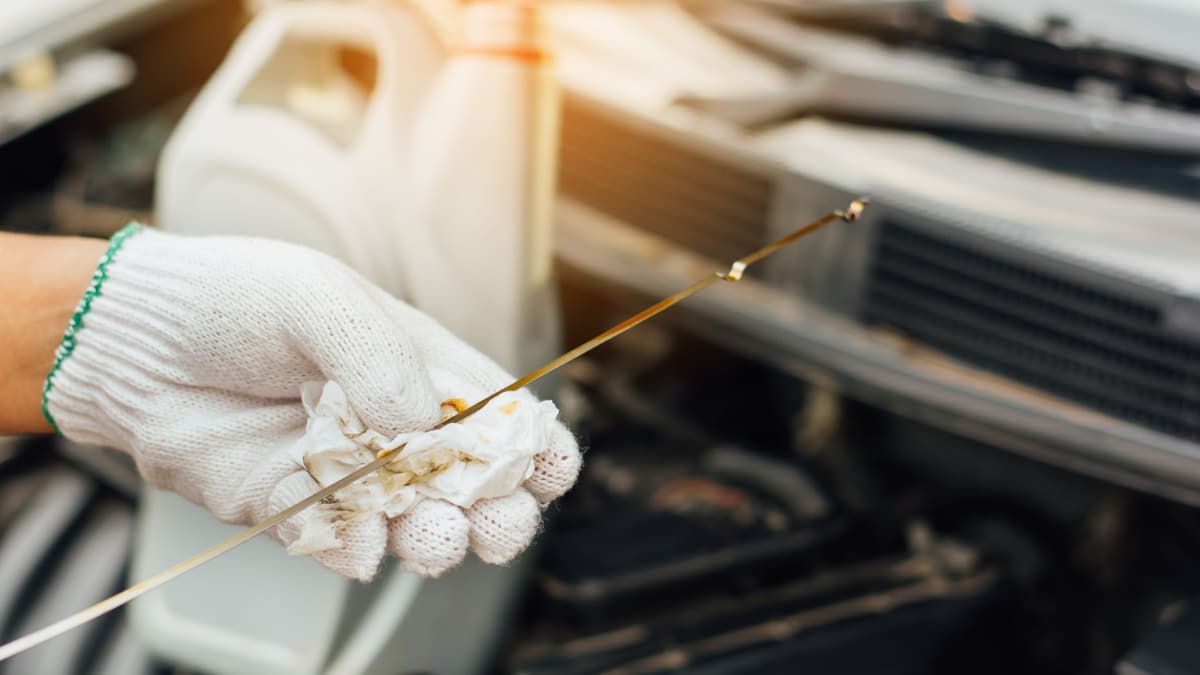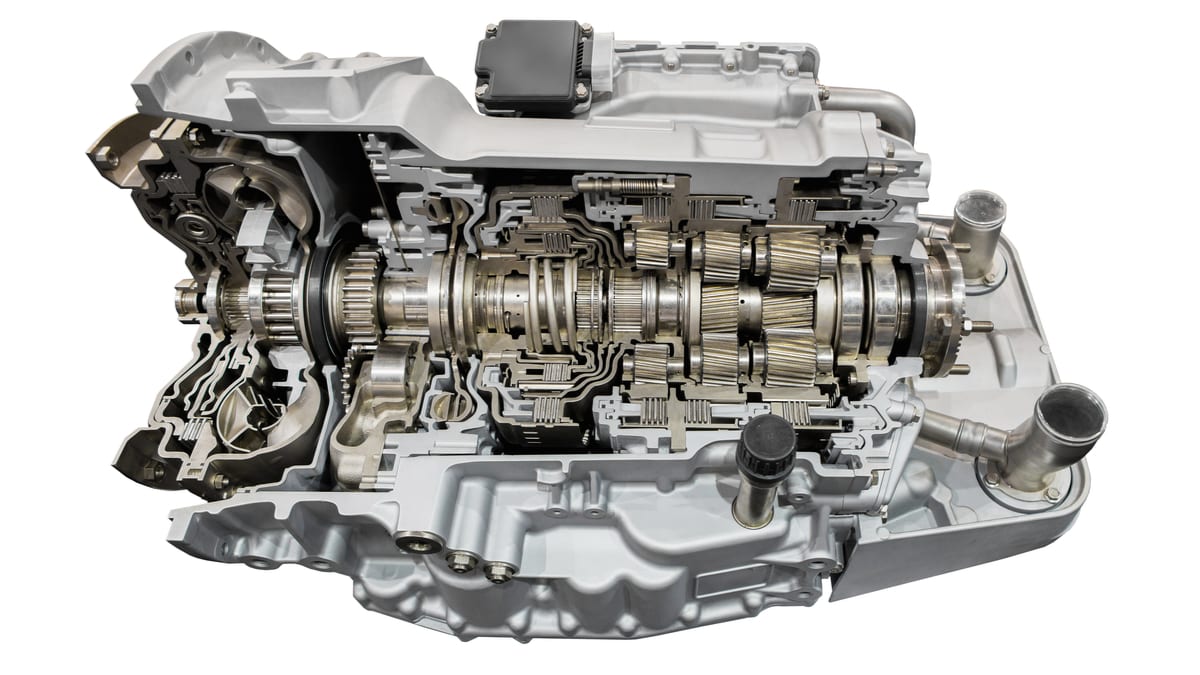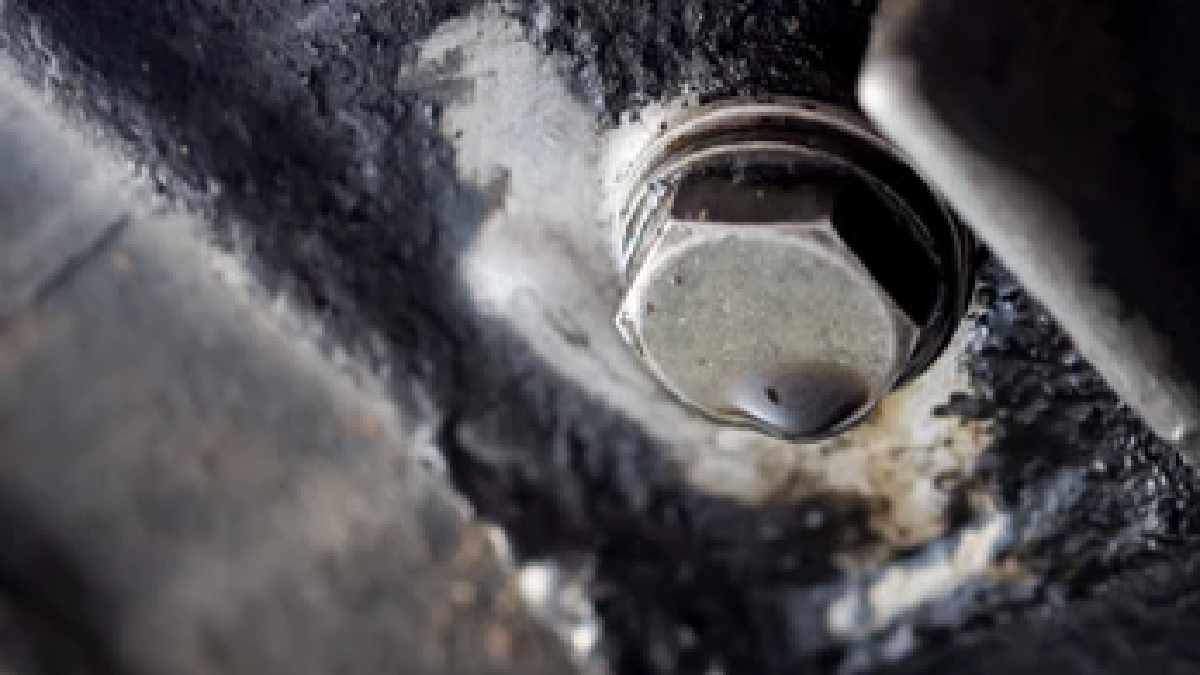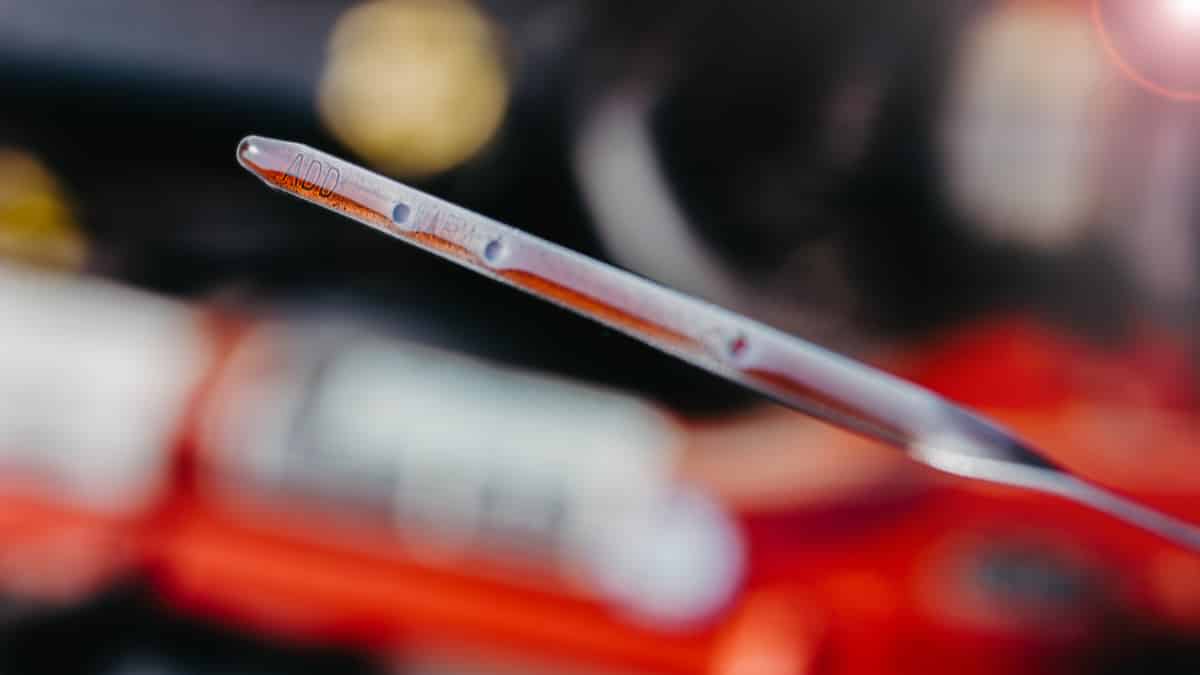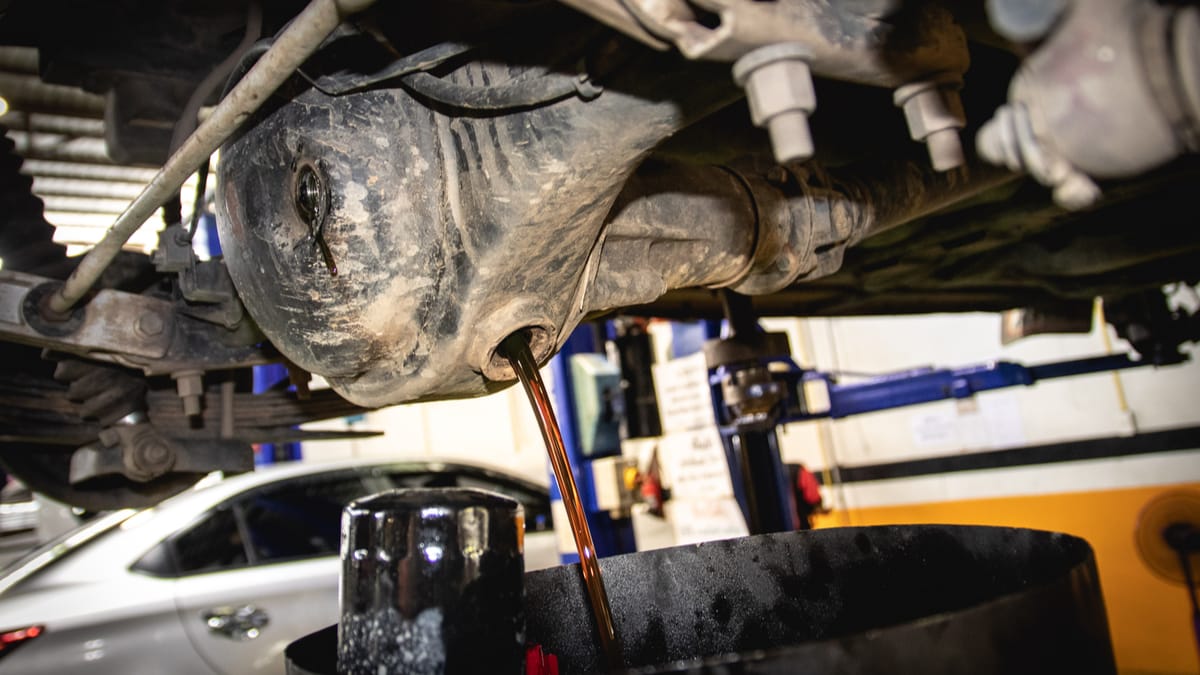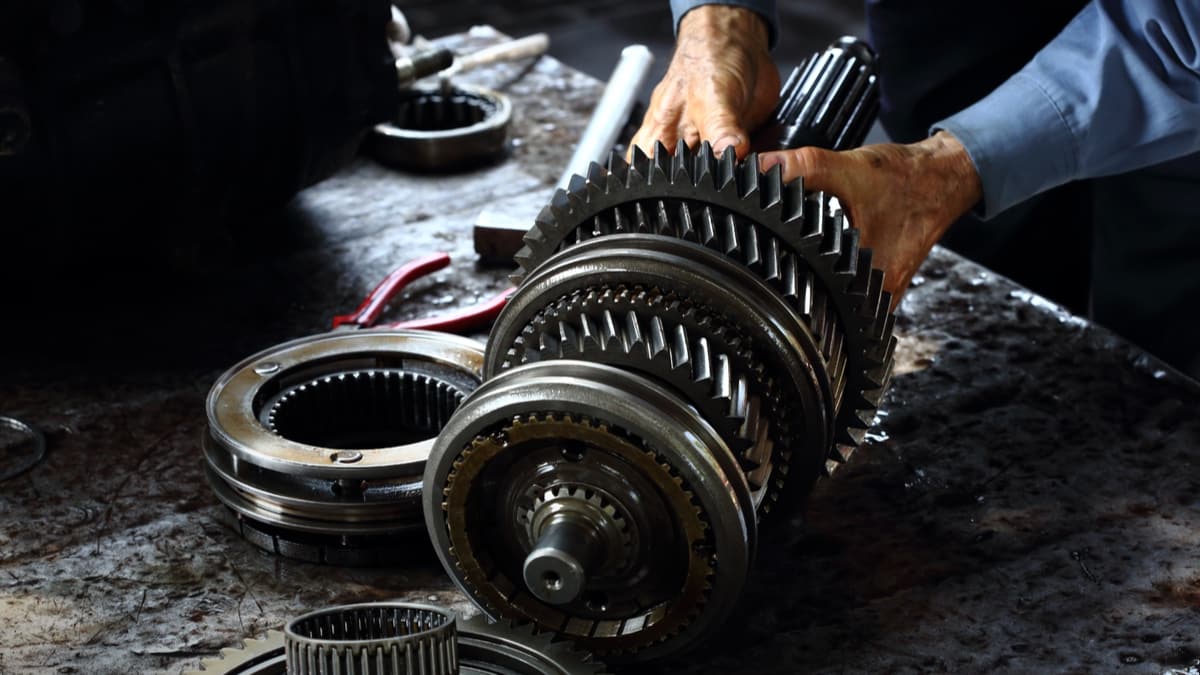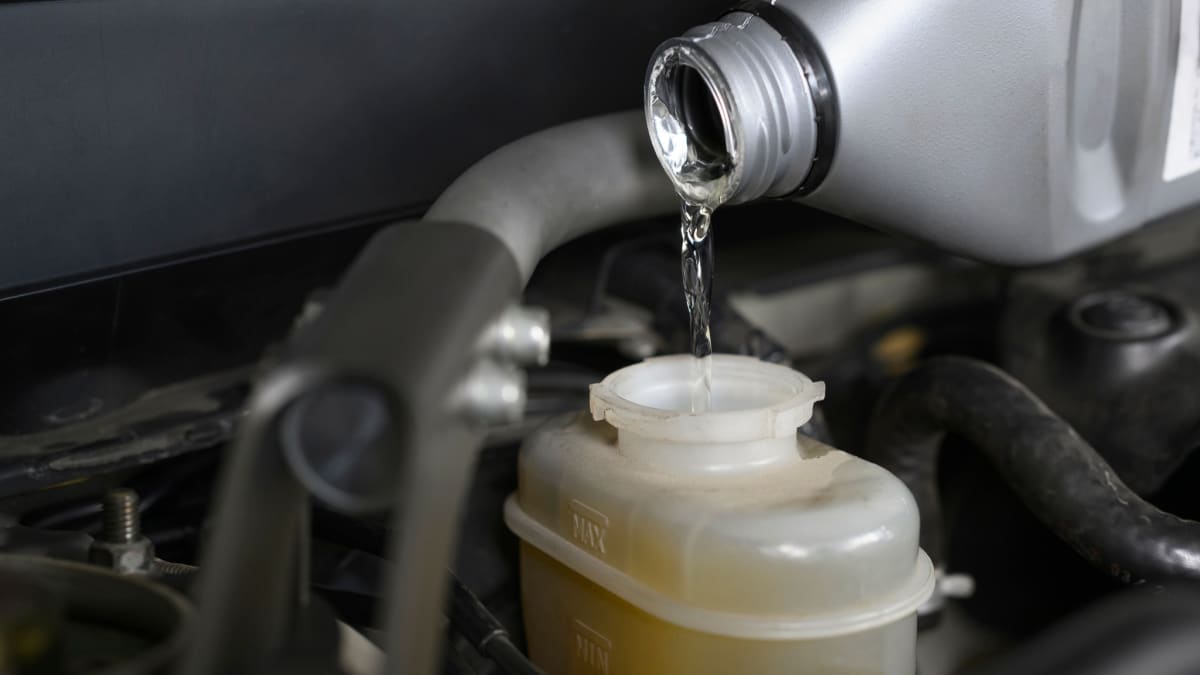Maintaining your vehicle is an important priority if you want it to last as long as possible. Most people understand how critical regular oil changes are, but what about changing the transmission fluid? How often should this service be done, and how much does an automatic transmission fluid change cost?
These are things you need to know if you want to budget for upcoming car maintenance. In this guide, I evaluate the average transmission fluid change cost and discuss what affects the price. I also show you how often to have it done and explain the differences between a transmission change vs. flush.
How Much Does a Transmission Fluid Change Cost?
The transmission fluid change cost is between $95 and $400 on average if you have it changed at a local dealer or mechanic. However, you can do it yourself for a fraction of the cost – normally for well under $100, as long as you have the right tools and mechanical knowledge.
When the automatic transmission fluid is changed, it’s important to change the filter and clean the pan, depending on the car model. Contaminants build up in both of these parts, leading to a reduction in the effectiveness of the new fluid. Not all shops offer these services with the change, so you will need to be specific. Additionally, these services might cost more, but are worth the investment.
Factors Affecting Transmission Fluid Change Cost
1. Service Center vs. DIY
If you aren’t able to do your own car maintenance, you will have no choice but to take the vehicle to a professional service center. This is going to cost more than doing it yourself at your home garage.
Additionally, different types of service centers will cost more than others. If you choose to go to a dealership, or you visit a garage focused on a particular brand, you will pay more than when you visit a local auto repair shop.
The other cost of taking your car to a shop is the time you spend without your vehicle. Whether you sit at the shop and wait or you come back for it, the downtime could cost you money, especially if it keeps you from working.
2. Make/Model of Vehicle
You wouldn’t think that the type of vehicle you drive has anything to do with the transmission fluid change cost. However, there are reasons that you will pay more for certain brands.
First of all, the process involved in chaning the transmission fluid can be more complicated in certain cars, requiring more labor. Additionally, the transmission fluid filter or fluid type could cost more, especially with luxury models.
3. Type of ATF
There are different types of fluid available, each with a different price. The most common types are Dexron VI for GM, Mercon V for Ford, and ATF+4 for Chrysler.
However, your particular vehicle might use a multi-vehicle synthetic fluid or special CVT fluid, both of which can alter the transmission fluid change cost. Additionally, classic Ford models use Type F, which doesn’t contain any friction modifiers.
4. Amount of Fluid
The amount of fluid you need depends on what type of vehicle you drive. On average, you can expect to need between three and six quarts of transmission fluid.
If you drive a small compact car, you will need far less than someone who drives a heavy-duty pickup truck. You can find the exact specifications in your service manual.
READ MORE: 6 Causes of Transmission Fluid Leaks (& Repair Cost)
5. Cost of Labor for Your Region
Depending on where you live, you can expect to pay far more than people in another state. For example, Washington D.C., Connecticut and California have some of the highest auto repair labor rates in the country. On the other hand, you can expect to pay some of the lowest prices if you live in Ohio, Michigan or Indiana.
The transmission fluid change cost also varies by what part of the state you live in. For example, if you reside in an urban area, you will likely pay more than a customer visiting a rural auto repair shop.
How Often Should a Transmission Fluid Change Be Done?
You should change the transmission fluid every 30,000 to 60,000 miles or every two years. You can find the exact schedule in your owner’s manual, outlining the right time for maintenance with your particular model in mind.
Automatic transmission fluid works just like engine oil, where it picks up contaminants. Because of how dirty it gets, you must change it occasionally, along with the transmission fluid filter, if you want to keep the tranny running as intended.
However, you may also require more frequent automatic transmission fluid changes. If you notice any of these symptoms, consider changing the fluid and filter to see if it resolves the problems.
- Engine starts revving between the gear changes
- Gears are no longer changing smoothly
- Transmission gets locked into one gear
- Transmission won’t go into gear, most often occurs with Reverse
If the transmission fluid change doesn’t resolve the problem, you want to have the car looked at before the problems get any worse. In some cases, you can avoid permanent transmission damage, which would require a rebuild or replacement to fix.
RELATED: Transmission Fluid Color Chart (5 Different Colors)
Transmission Fluid Change vs. Flush
The auto repair shop will offer both a transmission fluid change and a transmission fluid flush, so how do you know which one is appropriate? The transmission flush allows for all of the fluid to be replaced in the transmission and corresponding parts. On the other hand, a typical transmission fluid change is only going to replace about seventy percent of the overall fluid, leaving behind some contaminants.
While this might not sound like the logical thing to do, getting a transmission fluid change is often the better choice. For starters, it’s possible to damage an automatic transmission if fluid is flushed at high pressures. If you take your vehicle to a shady repair shop, that’s exactly what might happen. Additionally, the transmission fluid filter isn’t usually replaced during the trans fluid flush. This oversight causes the fresh fluid to mix with contaminated debris that’s sitting in the filter. Because of this, the new fluid can get contaminated and dirty in a short time.
That’s why most automakers recommend doing regular transmission fluid changes rather than flushing. Manufactureres prefer that seventy percent of the fluid gets replaced each time, along with the filter. Additionally, you don’t want to simply clean out the filter. This might save you a small amount of money, but it doesn’t help to keep the transmission clean. Invest a little more and do the job the right way. After all, your transmission’s health is worth the cost.
How do I know if my transmission fluid is bad?
If you notice shifting problems or a slipping transmission, that are some of the signs that your transmission fluid is bad. You can also check the transmission dipstick and look at the fluid. If it is dark and smells burnt, you should replace it.
Is it better to flush or drain transmission fluid?
Whether it is better to flush or just drain the transmission fluid depends entirely on how old the fluid is and how long since a flush was done. A flush will get all the bad transmission fluid and dirt out of the system, while just draining the fluid will only replace some of it.
Will changing transmission fluid improve shifting?
Yes. It can help, but it depends on the type of transmission fluid and how badly it’s been neglected. Different transmission fluids have different properties that can either improve or deteriorate shifting. In addition, the additives in the transmission fluid break down over time, which can also affect shifting. If your transmission fluid is very dirty or has a lot of sediment in it, then changing it will probably improve shifting.
What happens if you never change transmission fluid?
If you never change your transmission fluid, dirt and debris will build up and eventually cause damage. The transmission will then have to work harder to shift gears, which will decrease its lifespan.
In conclusion, the average transmission fluid change cost will vary greatly based on the type of car you drive and where you take it to be serviced.
Expect the transmission fluid change cost to be anywhere from $150 to $400 at a dealership or a smaller repair shop. Be sure to get quotes from multiple places before making a decision. If you want to do it yourself and have the knowledge, you can often buy the materials for under $100.
Learn more:
- How to Check Automatic Transmission Fluid
- Overfilled Transmission Fluid (What to do?)
- 10 Common Transmission Problems (& How to Fix)
Categories: Estimator, Transmission
